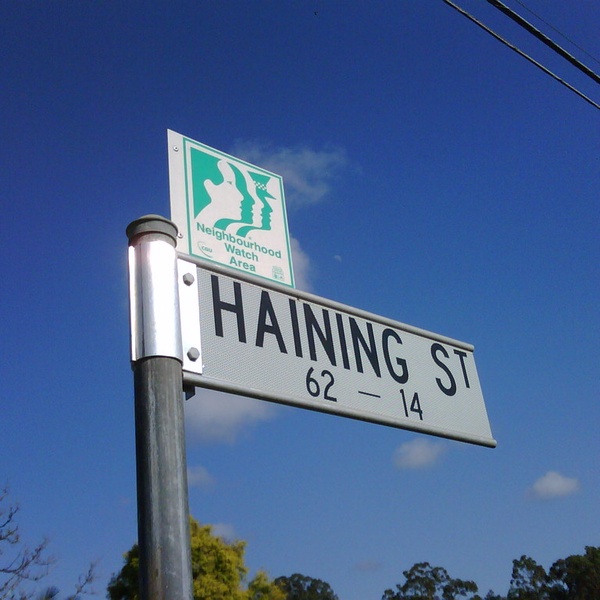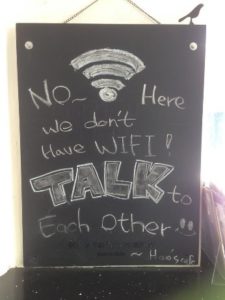Both in our own experience, and in dialogue with colleagues, we uncovered various ways educators log, store, sort and retrieve communications. Each educator has their own rationale for the tool or framework chosen for their system, and a rationale as to why communication should be tracked. However, we could not find ANY available framework in the curated resources that spoke to, or had as exemplar, a log and/or tracking system for communications, or a tracking system which can assist with assessing student needs. The majority of discovered examples of tracking systems for communications were designed to help inform school-level decision makers, administrators, technology department heads. Therefore we decided this was the gap in available educational resources to be filled and created from scratch these resources.
For the combination of the communication tool and the communication tracking tool, we chose to focus our attention on the most positively reviewed tools – as reviewed by an unaffiliated, non-profit, and research-based organization Considerations were also taken on issues of ease-of-use, availability, privacy, security of data and accessibility. Options for storing data locally are given for each case. However the district/division of each educator may have preferences as to how and with which tools this information is collected and stored.
OneNote is a well-known and free software by Microsoft Corporation. As a communication tool, OneNote allows for collaboration and communication between teachers, students and parents. Created notebooks, folders and files can be accessed on desktop or through mobile devices, and can be shared with others through invitation, with or without password protection. It can be used as a desktop version only or within a network, or can be connected to a cloud storage system. While OneNote was favorably reviewed by the independent non-profit site commonsense.org, it was not evaluated for privacy and data security; however, according to Microsoft, data can be encrypted, is not shared with third-parties, and is deleted from cloud storage after 90 days of discontinuation of service. In consideration of accessibility, OneNote also exists as a mobile app, and has a built-in immersive reader, a built-in translate feature which can convert text into 65 different languages, and a built-in accessibility checker for all added documents and work.
Remind is a well-known messaging software that enhances communication between teacher, student, and home. In terms of educator accessibility, it is a free app that can be used as either one-way or two-way enabled communication, and also has a translation feature – giving it flexibility as a communication tool. It allows for updates of text, files, and audio or video to individuals or groups of people and integrates with the major educational software by Microsoft and Google. It is currently in use in more than 70% of public schools in the US. In terms of privacy and data security, Remind connects users through shared links or access codes which can be easily protected, and a parent or guardian must provide verification for students until 13 years of age. Remind received a 94% Privacy Rating on the independent non-profit site commonsense.org. All data is encrypted and users retain ownership of their data. Some personally identifiable information is collected but opt-in consent is requested, users can control privacy settings, and use is limited to product requirements. Disappointingly, some traditional advertisements are displayed, but data is not shared for advertising or marketing. For safety, users cannot interact with uninvited people, personal information is not displayed publicly, and interactions are logged and can be downloaded – a feature that makes it particularly useful for tracking communication with families.
The created frameworks (K-8 and 9-12) and suggestions are ours, created from our experiences and our research. Collectively, we have 25 years of teaching experience, and more specifically, have joint experience as educators in both the general population of students and as educators within ELL programs and working with students with exceptionalities. This gives us both conventional credibility on this subject. Additionally, we created these after searching the literature for research and support on these topics, giving us some borrowed credibility. Format was difficult, as a grid or table system is the most efficient way to collect family data for clarity; however, we understand that a table is less accessible. Trials were done with Microsoft’s immersive reader to assure it would read appropriately, but this functionality is more cumbersome to access when converted to Google Doc – this point is mentioned in the blog post.





Recent Comments